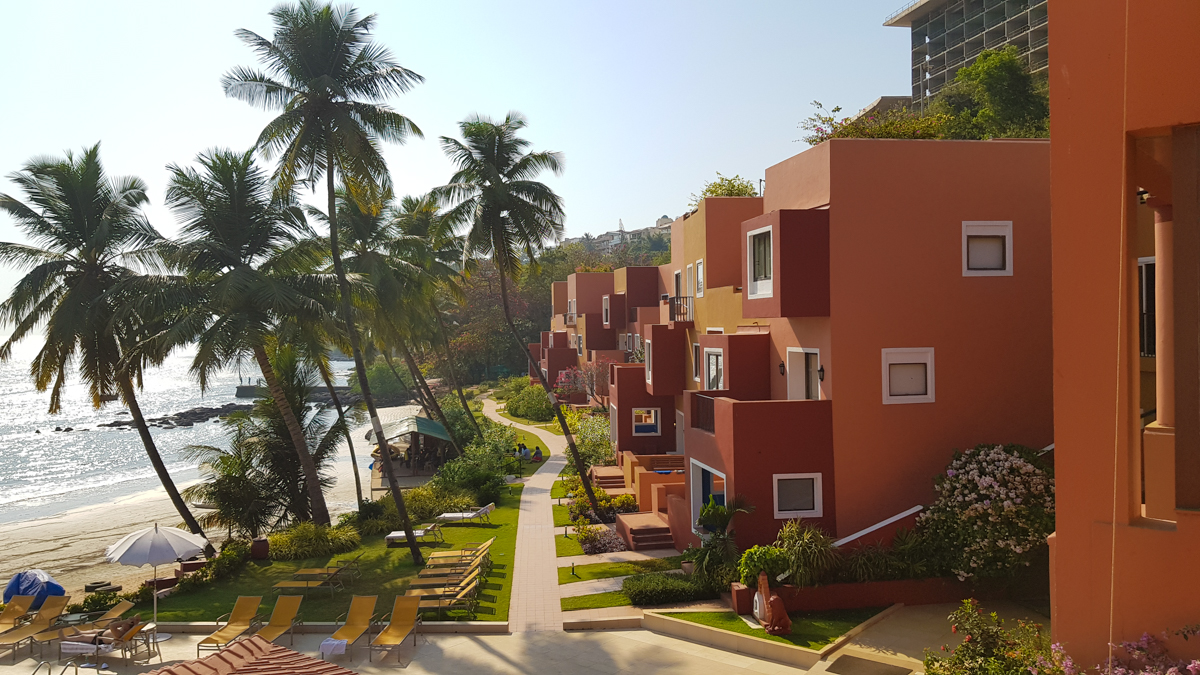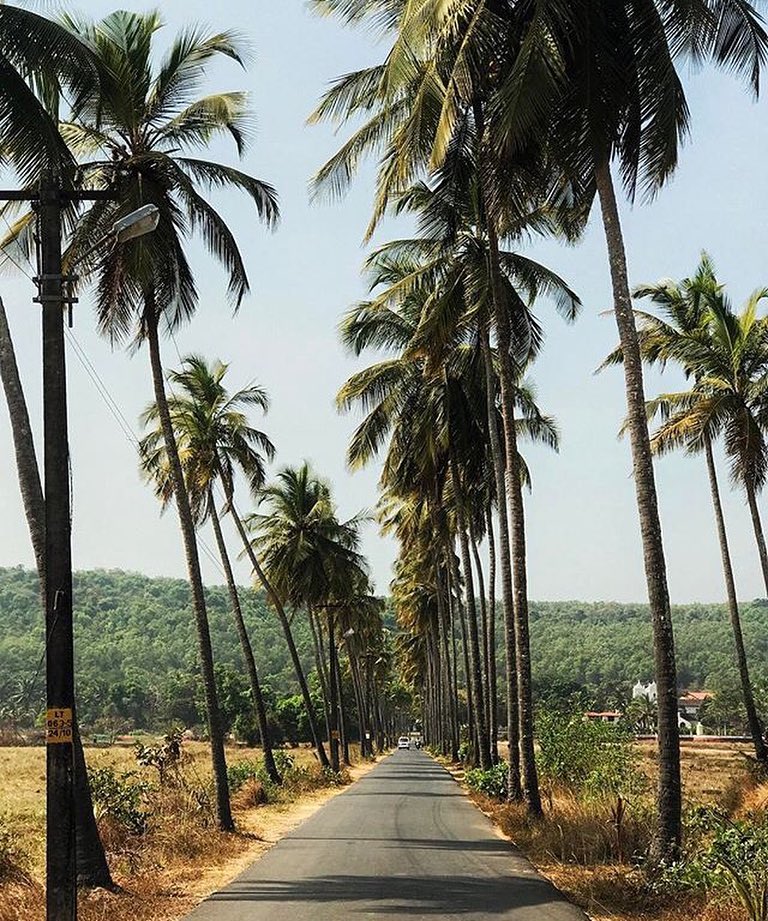On valuing heritage, and the magic of mangalore tiles
It’s that time of the year again. Every year, before the beginning of June, heritage home-owners in Goa scramble to get their leaky roof tiles replaced. For those who don’t get on it early enough, the early showers are enough to nudge them to get their roofs repaired and ready to face the brunt of the impending monsoon season.
My home, Villa Olinda, is a 57 year old abode of modest dimensions, but has a large sprawling mangalore tiled roof. Every year, we take part in this yearly practice of rectifying damages to the mangalore tiles that would have accumulated over the past year, and once in a decade even strip the roof of its tiles, and do a termite treatment for all roof members before relaying all the tiles.
Replacing tiles is a painstaking job. Firstly, sourcing the tiles. Traditional mangalore tiles are either single or doubled grooved, referring to the amount of overlap between two tiles. Their impenetrability largely depends on how perfectly they lock with each other. However, there are variations in each supplier and for a long time, we have been using tiles of various makes – whatever we can get our hands on, really – usually second hand tiles, that someone in the village would have discarded after tearing down their tiled roof for a RCC slab. It is after all ingrained into the Goan psyche to be thrifty and reuse wherever they can.
Secondly, labour is hard to come by. Not everyone has the grace and poise to walk atop a tiled roof. You’ll be lucky to get someone who doesn’t damage more tiles than they go out to replace. And after all this, there is the factor of costs that you annually need to account for.
These things made me realise – its not for everyone. But for those who do maintain them – it is totally worth it. There are so many advantages to living under a tiled roof.
Personally, a large part of why we maintain our old home is because of the sentimental value it holds. It was built by my grandfather in 1968, who made daily trips from our village St Estevam, crossing over the river (polthodi) to Candola to supervise the works. Sadly, he was never able to live in the house he helped build with his own hands – passing away in 1969. My grandmother, Virginia Olinda Rodrigues, raised her two daughters single-handedly in this home, with timely help from her siblings. But owning a home would have been one less worry on her troubled mind, and that was all thanks to this labour of love from her husband. Villa Olinda is thus an everlasting testament to the legacy of my grandparents. If you ask me, its priceless piece of heritage.
For all its nostalgic value, it really holds up in performance. My sister who lives in the city comes over on the weekends and always says how the house is a good few degrees cooler than their stuffy apartment in Panjim, which is urbanizing quicker than ever. In the 1990s, there was an extension built to Villa Olinda in concrete. My siblings and I usually occupy the bedroom within this extension, which is clearly distinguished from the old part of the house from its RCC slab. Every summer, we make the yearly pilgrimage to the old side of the house – the tiled side – like a ritual, carrying our pillows and sheets and making our bedding on the cool terrazzo floors looking up at the clay tiled roof.
The magic of sleeping under a tiled roof is unparalleled – like the relief it provides in hot Goan summers, especially on a hot summer afternoon after belting a plate full of xit-kodi and recheado bangde, the little specks of mist that spray your face in the monsoons, the pleasing sound of the pitter patter of rain drops, and the blind trust we put on this seemingly thin layer of baked clay that shields us from earth shaking thunderstorms when even modern materials fail to do so.
Every year, the hassle to find tiles, labour and the costs to maintain the roof return. But for all the magic of mangalore tiles, and the deep associational values of our home, I wouldn’t have it any other way. All this makes me realise the importance of empathy towards heritage. You need to love your heritage and learn to value it. Only once we grow deep bonds with our heritage will we be able to pass them on to future generations, as they were meant to. Only then will we go the extra mile to care for them.
While empathy and sentimentality will push you to a certain extent to maintain old homes, there will however come a point where you’ve exhausted yourself. At this juncture, it is vital that the State backs heritage homeowners with a strong policy that focuses on maintaining these old homes that form such an essential part of Goan identity. For this, we need financial incentives, funding pools, a network of traditional craftsmen and many other toolkits to help heritage homeowners maintain their properties. It is high time that the State looks at our heritage as the asset that is, and devise policies and toolkits that can be central to preserving the unique landscape of Goa.
….
Do you also have an old home that you tend to? Or do you also have memories of sleeping under a tiled roof? Let me know your experiences below…
Cover Photograph – Kodak Eastman XX, Shot on Canon A-1, May 2023





